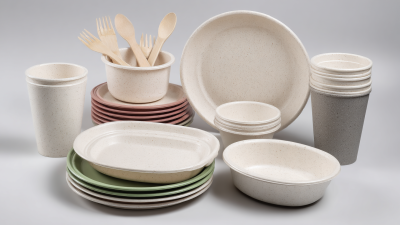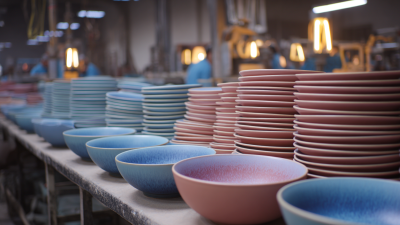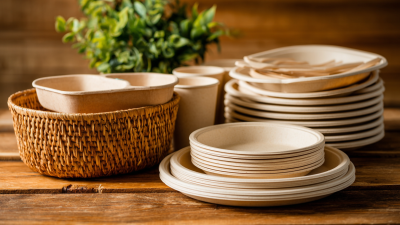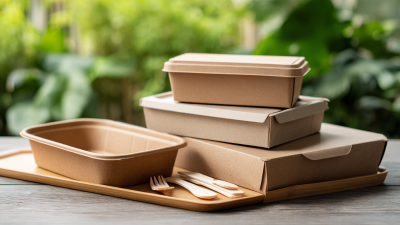In recent years, the demand for sustainable event solutions has surged as environmental awareness has permeated various sectors. According to a report by ResearchAndMarkets, the global market for biodegradable and compostable tableware is projected to reach $6 billion by 2026, driven by increasing consumer preference for eco-friendly products and the stringent regulations imposed on plastic use. Compostable tableware, designed to break down into natural substances within a composting environment, provides an effective alternative to traditional disposable items, minimizing landfill waste and reducing carbon footprints. With industry leaders such as Eco-Products and World Centric leading the charge, event planners are recognizing the importance of incorporating compostable tableware into their catering options to support sustainability goals. This guide aims to navigate the complexities of choosing the right compostable tableware for your next event, ensuring a harmonious balance between convenience and environmental responsibility.

Compostable tableware has emerged as a crucial component in the quest for more sustainable events. According to recent studies, approximately 40% of food waste is generated at events, a significant contributor to landfill emissions. Utilizing compostable tableware not only minimizes waste but also reduces the carbon footprint associated with conventional plastic products. A report by the Food & Agriculture Organization (FAO) suggests that switching to eco-friendly alternatives can cut greenhouse gas emissions by up to 28%, showcasing the impactful role these materials play in eco-conscious planning.
Tip: When choosing compostable tableware, look for certifications such as ASTM D6400 or EN 13432, indicating the product meets rigorous compostability standards. This ensures that the items will break down in commercial composting facilities within a specific timeframe, contributing to soil health rather than pollution.
Moreover, compostable options are often designed from renewable resources, like PLA (polylactic acid) derived from cornstarch or bagasse from sugarcane processing. Utilizing these materials not only conserves resources but also promotes a circular economy. In a survey by the Green Restaurant Association, 63% of participants indicated a preference for restaurants and events that use sustainable products. This trend underscores the importance of choosing compostable tableware for a socially responsible event.
Tip: To enhance the impact of your sustainable event, pair compostable tableware with a clear waste management plan, including designated bins for compost, recycling, and landfill waste, to ensure the right disposal of materials.
When selecting compostable tableware for sustainable events, several key factors must be taken into account to ensure both environmental impact and functionality. According to a 2021 report by the Biodegradable Products Institute (BPI), the use of compostable materials can divert up to 30% of waste from landfills, significantly reducing the carbon footprint associated with disposable products. One crucial consideration is the material composition; options include PLA (polylactic acid) made from cornstarch or sugarcane-based products, both of which are biodegradable under commercial composting conditions.
In addition to the material type, it’s essential to assess the certifications of compostable tableware. The BPI underscores the importance of looking for certified compostable labels, as many products on the market may claim to be compostable but do not meet specific industry standards. Furthermore, understanding the end-of-life processing options available at your event location is vital; compostable products require appropriate disposal methods to ensure they break down effectively. With an estimated 400 million tons of plastic waste generated annually, integrating certified compostable tableware not only aligns with sustainable goals but also fosters responsible consumption practices among event attendees.
In recent years, the demand for compostable tableware has surged, driven by a heightened awareness of environmental sustainability and the pressing need to combat plastic pollution. The global biodegradable tableware market is projected to grow significantly, with a market size expected to reach approximately USD 28.6 billion by 2034, expanding at a CAGR of 6.4% from USD 15.4 billion in 2024. This growth reflects a strong consumer preference for sustainable options and awareness of the harmful effects of traditional plastics.
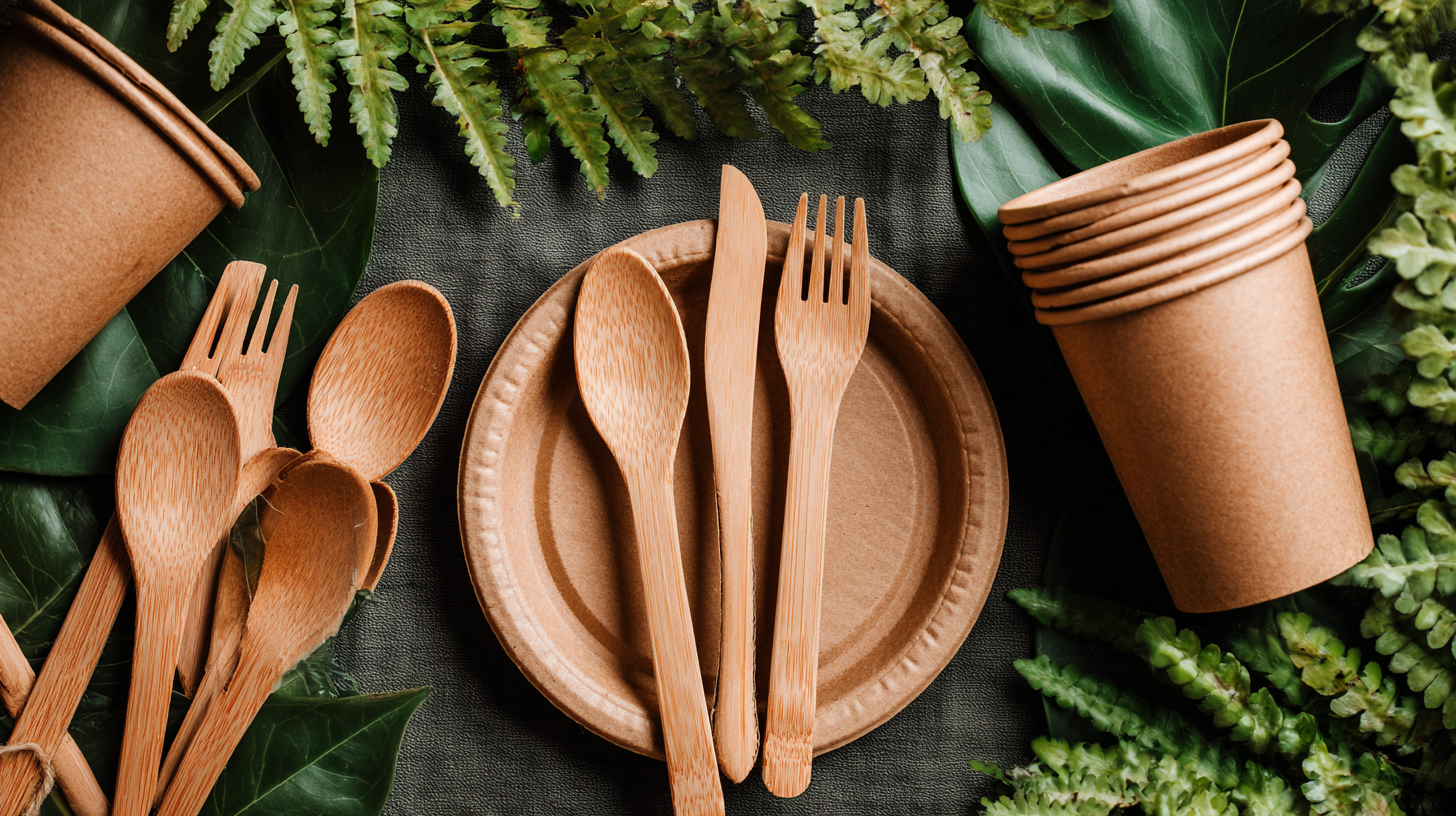
Materials used in compostable tableware are becoming increasingly diverse. Innovations include biodegradable tableware made from novel combinations of paddy straw and pine needles, which offer a viable alternative to conventional plastic cutlery. Additionally, hybrid products combining sugarcane and bamboo fibers are emerging as safe, hygienic, and compostable choices. Not only do these materials provide a sustainable solution to single-use plastics, but they also cater to the growing eco-conscious consumer base, which is anticipated to drive the eco-friendly paper plates market substantially through 2035, as consumer demand continues to shift towards sustainable disposable tableware.
When sourcing reliable suppliers of compostable tableware for sustainable events, it's essential to prioritize materials that align with eco-friendly practices. A recent report highlights that sustainable bioplastics, derived from renewable natural resources, present an excellent alternative to conventional plastics typically used in food packaging. These bioplastics not only boast a significantly lower carbon footprint but also minimize environmental impact, making them an ideal choice for event planners committed to sustainability.
To ensure quality and reliability in sourcing compostable tableware, it is advisable to seek suppliers who provide transparent information on their product certifications and biodegradability. According to industry experts, over 65% of consumers are willing to pay more for environmentally friendly products. This creates an opportunity for suppliers to market their compostable offerings more effectively, appealing to the growing demand for sustainable options. By aligning with suppliers that prioritize quality and sustainability, event organizers can create a positive impact while meeting the expectations of increasingly eco-conscious attendees.
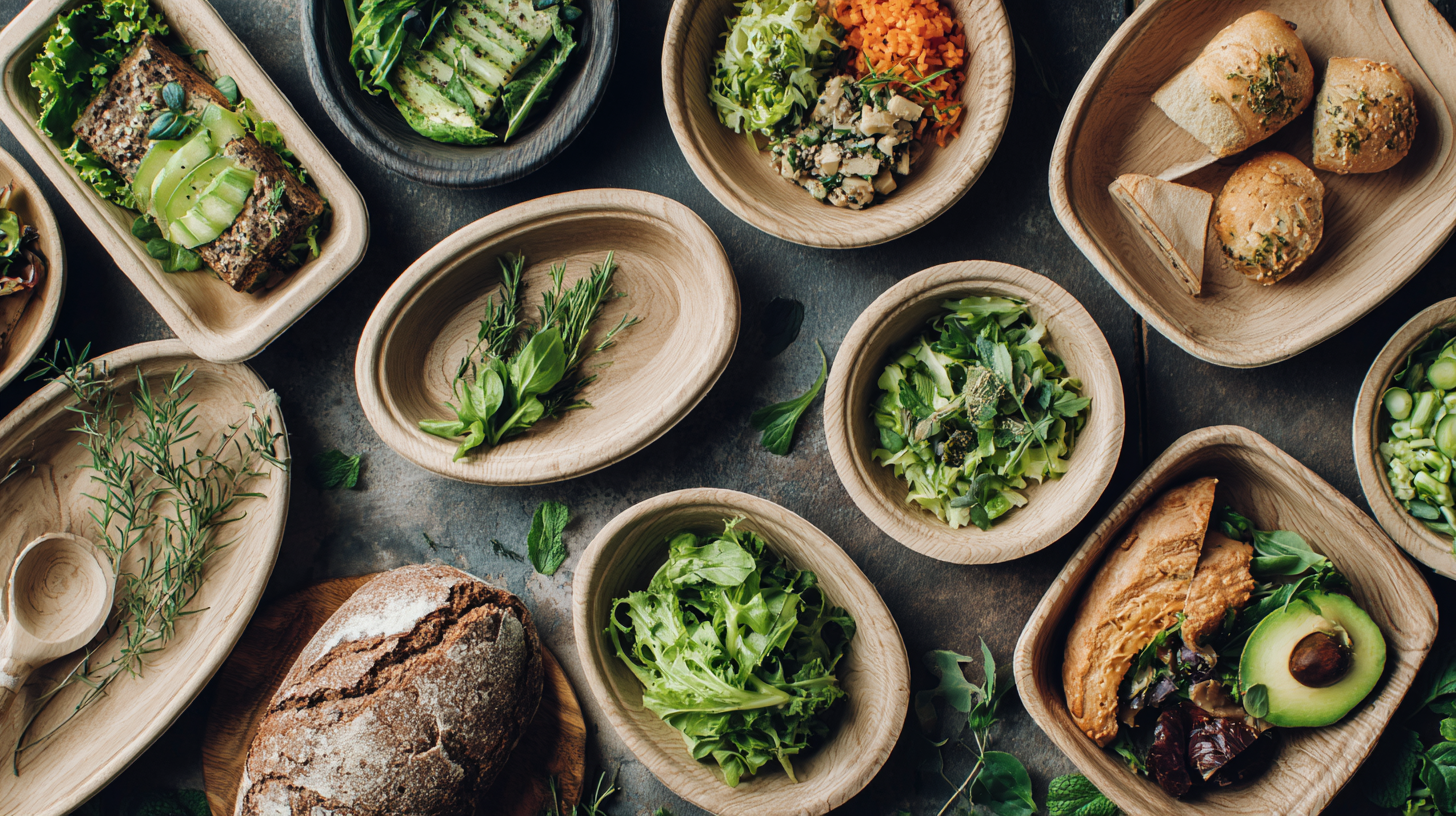 At sustainable events, the adoption of compostable tableware has proved to significantly reduce waste and enhance environmental impact. According to the Environmental Protection Agency (EPA), single-use plastics contribute to over 27 million tons of waste each year in the U.S. Transitioning to compostable options not only minimizes landfill contributions but also supports a circular economy. For example, the 2021 Earth Day event in San Francisco showcased a range of compostable plates, cups, and utensils. Organizers reported a 70% reduction in waste, demonstrating the effectiveness of choosing biodegradable alternatives.
At sustainable events, the adoption of compostable tableware has proved to significantly reduce waste and enhance environmental impact. According to the Environmental Protection Agency (EPA), single-use plastics contribute to over 27 million tons of waste each year in the U.S. Transitioning to compostable options not only minimizes landfill contributions but also supports a circular economy. For example, the 2021 Earth Day event in San Francisco showcased a range of compostable plates, cups, and utensils. Organizers reported a 70% reduction in waste, demonstrating the effectiveness of choosing biodegradable alternatives.
Notably, the annual Green Festival in Los Angeles has set a benchmark by utilizing 100% compostable tableware over the past five years. Their latest waste audit revealed an impressive 80% of event waste was composted rather than disposed of in landfills. Partnering with local composting facilities, the event not only eliminated single-use plastics but also educated attendees about proper waste disposal practices. These real-life examples underline the importance of integrating compostable tableware into event planning, driving both sustainability and community engagement.
